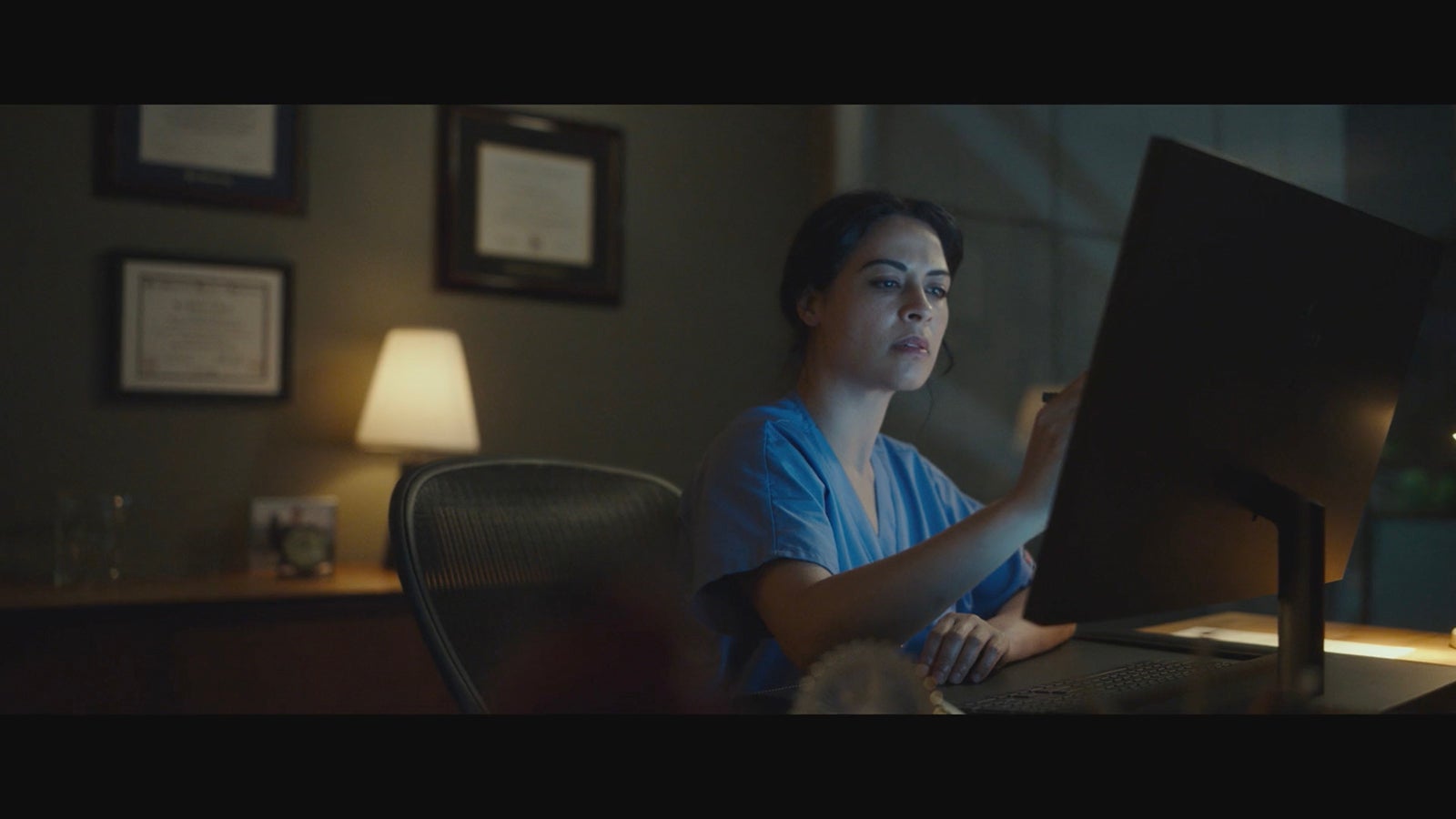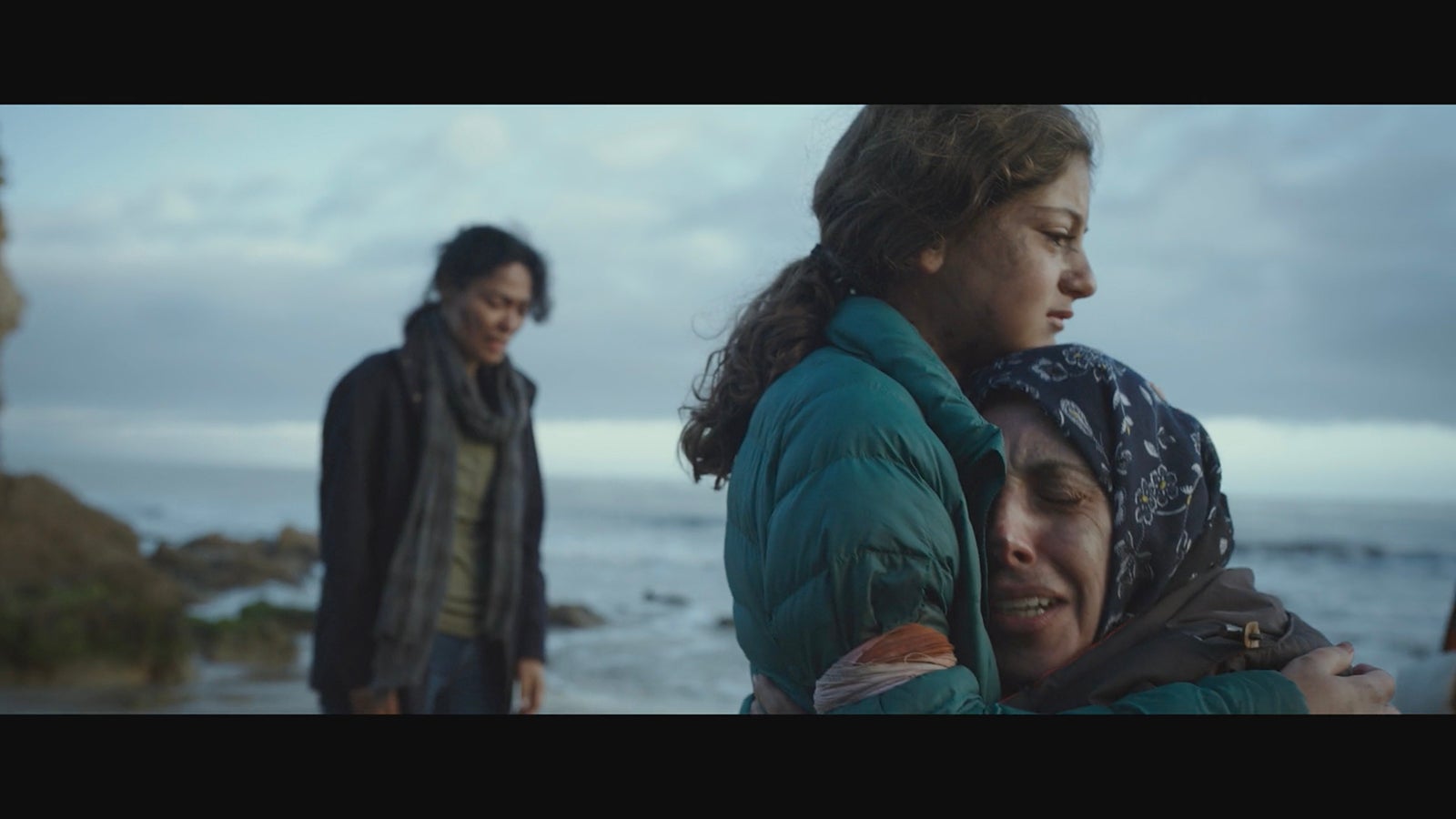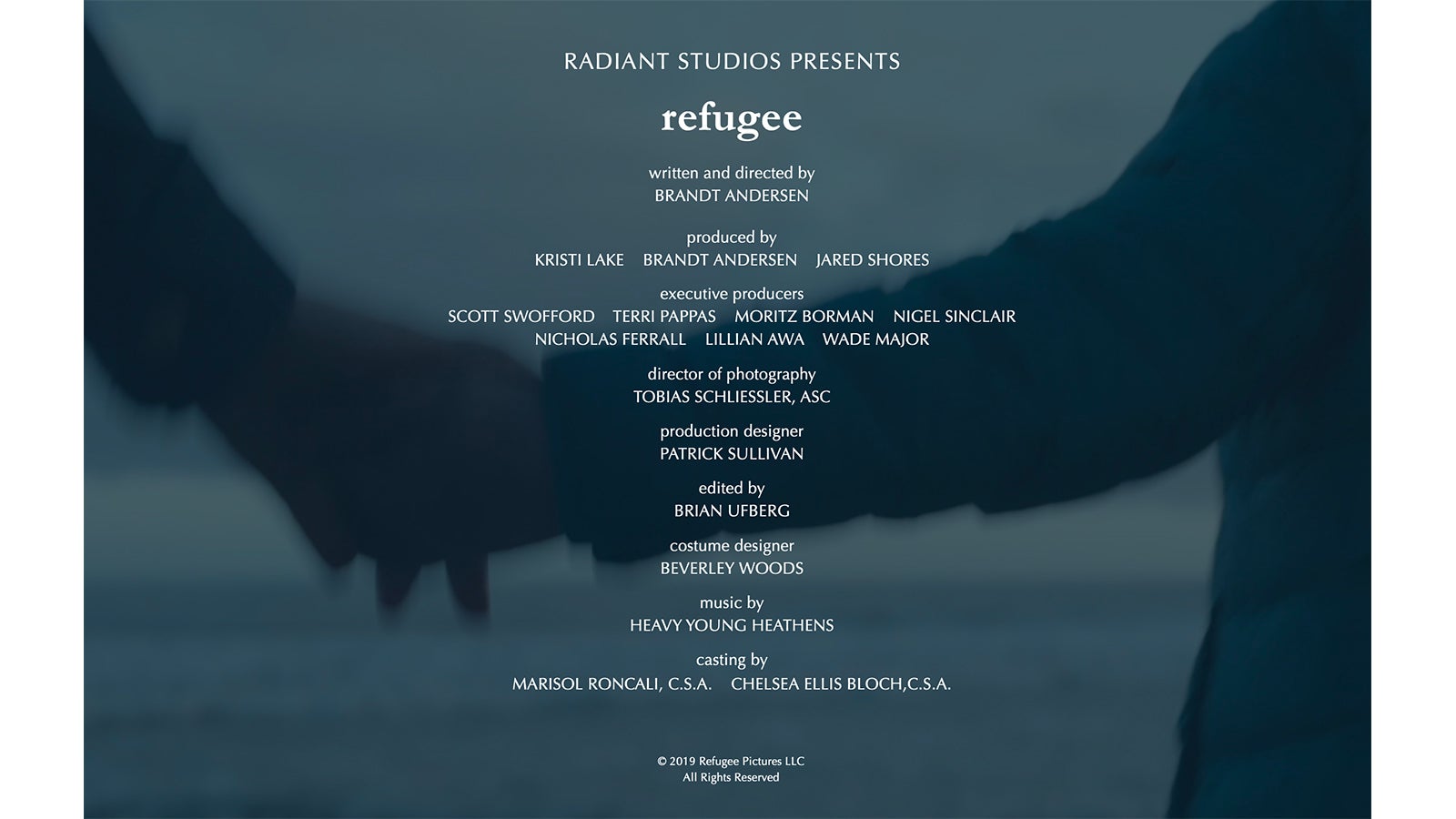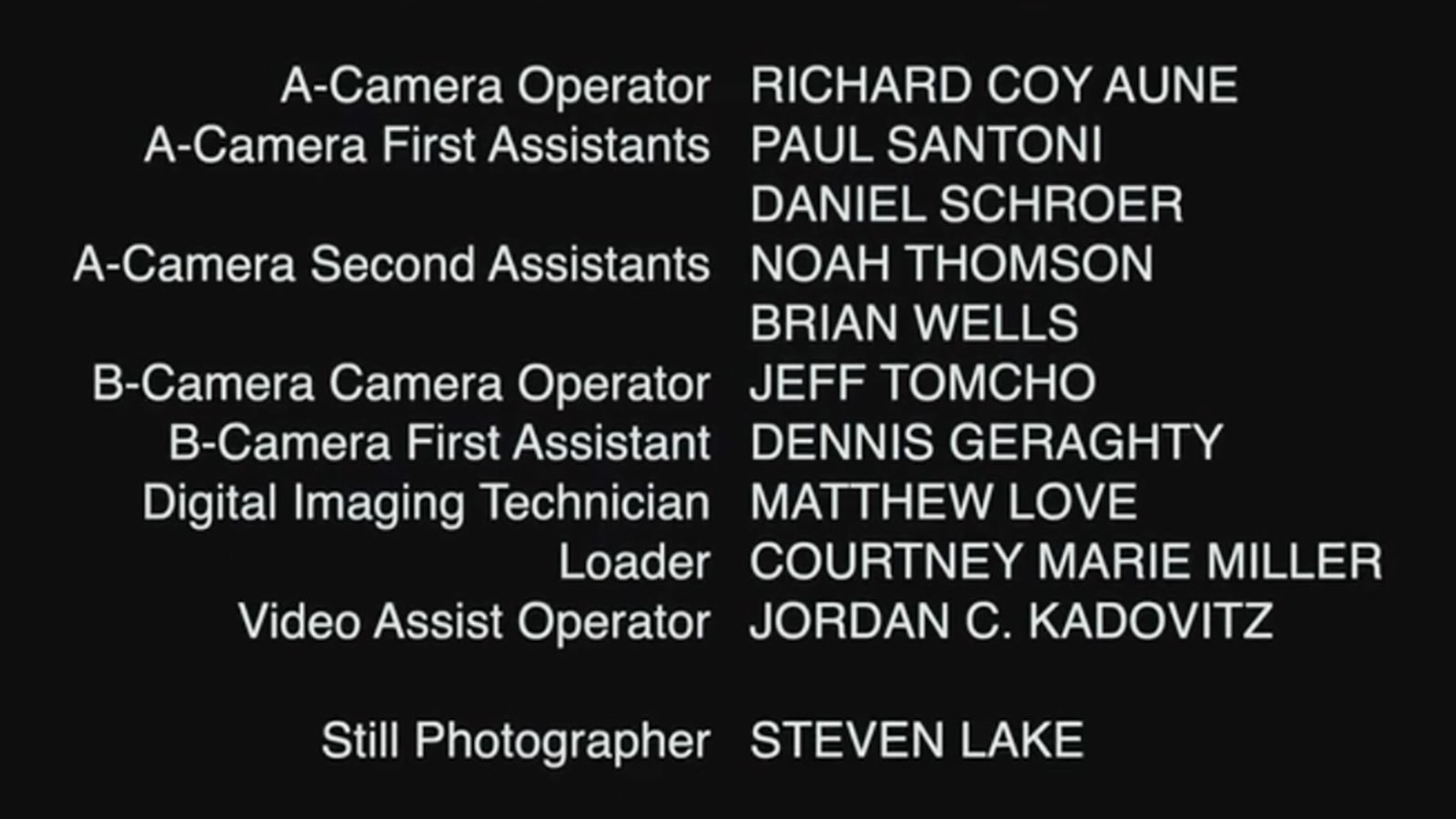
06-16-2020 - Case Study
"Refugee" - The Oscar Shortlisted Short Film - Shot on VENICE by Tobias Schliessler, ASC - Part 2
By: Jeff Berlin
The first part of this story can be seen here:
"Refugee" - The Oscar Shortlisted Short Film - Shot on VENICE by Tobias Schliessler, ASC - Part 1
Our conversation with Tobias Schliessler, ASC continues below.
“Refugee” Synopsis
Written and Directed by Brandt Andersen (IMDB) and photographed by Tobias Schliessler, ASC (IMDB), Refugee is the story of Amira (Yasmine Al Massri), a pediatric surgeon in the Syrian city of Aleppo. Amira works daily to save children from death’s door — so much so that she has become neglectful of her own daughter, Rasha (Massa Daoud). When the war that has largely spared them finally strikes close to home, Amira and Rasha suddenly find themselves fleeing for their lives — forced into a dangerous journey during which they must heal their relationship and draw close even as they leave their homeland behind forever.
Refugee earlier this year was Oscar shortlisted for Best Live Action Short Film. This was Andersen’s first film as director, but Andersen’s credits as a producer include such films as American Made (2017), Martin Scorsese’s Silence (2016), Garry Marshall’s Mother’s Day (2016), Everest (2015), Lone Survivor (2013) and Escape Plan (2013).
DP Schliessler is a frequent collaborator of directors Peter Berg and Bill Condon, and his credits include such hits as Condon’s Beauty and the Beast (2017) and the Oscar-winning Dreamgirls (2006), as well as Berg’s Lone Survivor (2013), Hancock (2008) and Friday Night Lights (2004).
Refugee - Official Trailer
Jeff Berlin:
What made you want to shoot “Refugee?” What drew you to the movie?
Tobias Schliessler, ASC:
Having read and loved Brandt’s feature version of Refugee, it was an easy choice to want to be a part of the short film. The script was equally as engaging and emotional and I knew we could make something that was not only beautiful, but also powerful in its message. Those are the best types of movies, and often the projects I’m drawn to.
Jeff:
Tobias, what is the director/DP relationship like to you?
Tobias:
My number one goal is that a Director always trusts me. They should know that I will do everything in my power to work with them on their vision and create the best possible film.
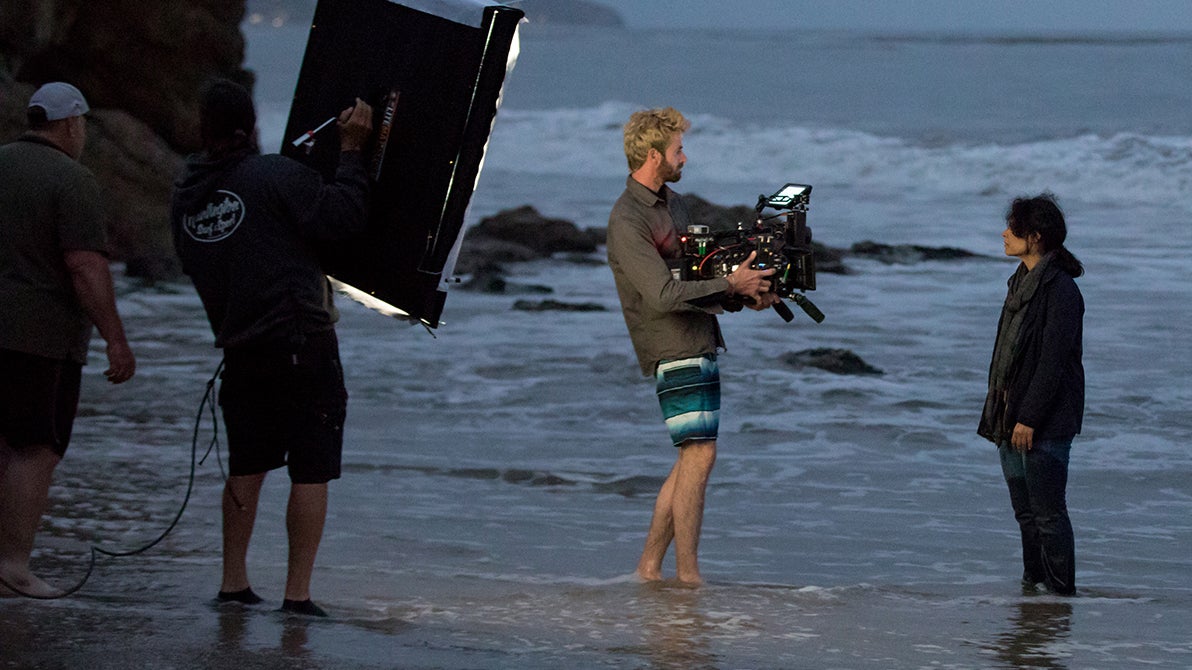
Camera operator Jeff Tomcho going handheld at the beach
Jeff:
Do you have any go-to LUTs that you've been using?
Tobias:
Matthew Love, my DIT, created a LUT for me that emulates the 5219 film look and is similar to a LUT we used on the ALEXA. This one has a touch more contrast and is printed down a bit for safety in the DI - protecting against underexposing and to ensure there’s enough detail in the shadows.
Jeff:
What were your initial thoughts on the VENICE?
Tobias:
I was impressed from the first moment I used the VENICE. I loved the color and dynamic range of the camera. The skin tones are beautiful! And it’s also very clean when you underexpose. All qualities that I’m looking for when choosing a camera.
Jeff:
What are your thoughts on large format?
Tobias:
I love it. As mentioned earlier, shooting large format really helped Brandt and I achieve the look we were going for with Refugee. I wanted to shoot with wider lenses, but closer in distance and more intimate with the actors. With a full frame camera and lens, I could be closer to the subject but on a longer lens to avoid distorting their faces - for example, on a 25mil full frame lens versus an 18 or 16 in S35. I also love the camera’s internal ND system. If I’m outside shooting wide open with light shifts, I can keep the same f-stop by dialing in my new filtration remotely from the DIT monitors. That saves a lot of time!
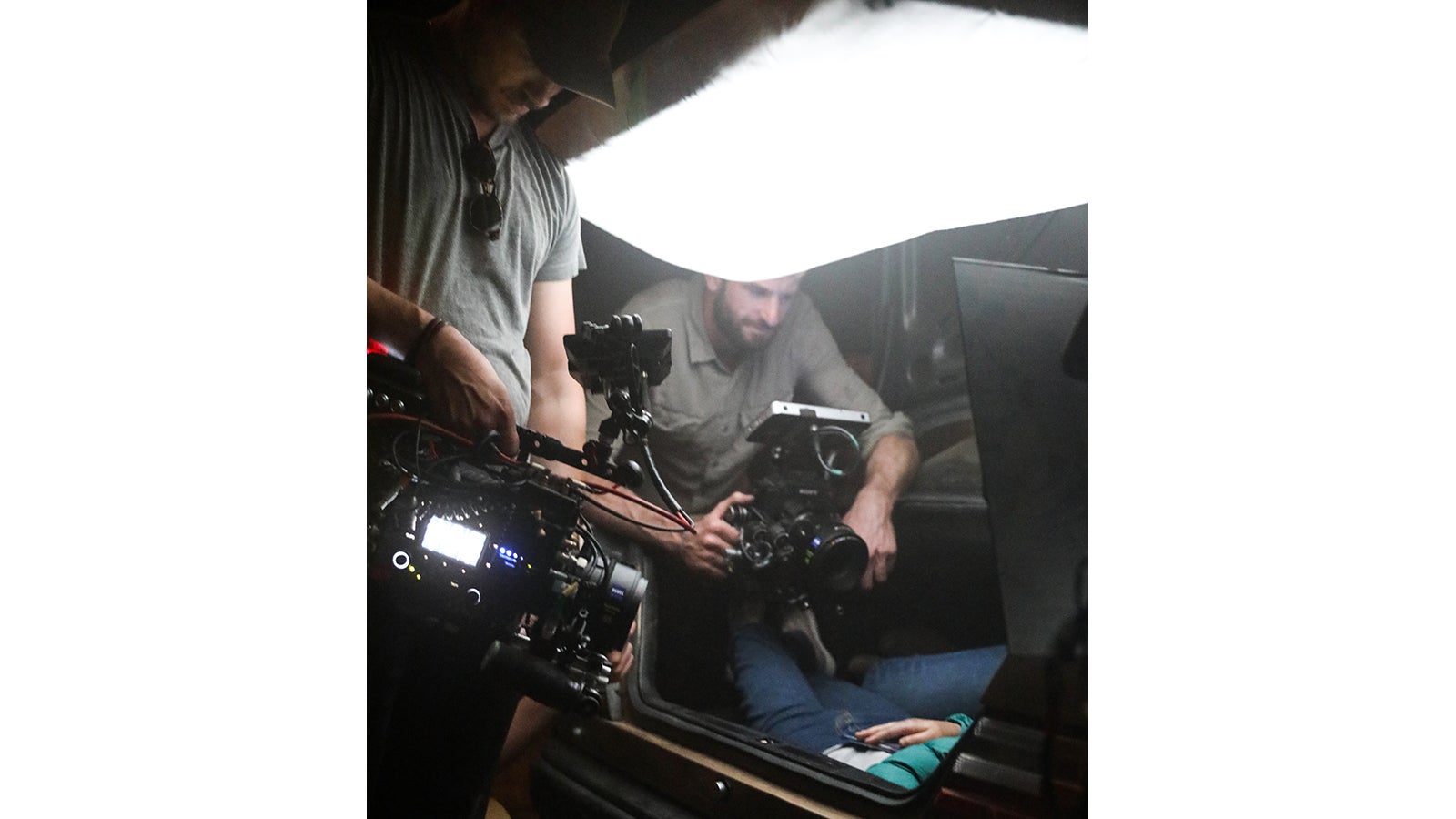
Rialto Extension System in action
Jeff:
Did you shoot X-OCN ST?
Tobias:
Yes, we shot X-OCN ST, 6K, full frame.
Jeff:
Did you use any filtration on “Refugee?”
Tobias:
Hardly any. I used an eighth or quarter Hollywood Black Magic on the closeups, but otherwise, no filtration.
Jeff:
How are you setting your exposure? What tools are you using?
Tobias:
I always use my light meter to do a round of checks and know where I’m at, after that, I’ll check waveform. I also work with amazing DITs whom I trust and who I know have my back- they’re my second set of eyes. So it’s a combination of all three: meter, waveform, and DIT.
